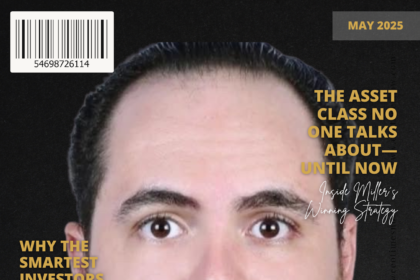In a world where convenience is king, the changes to online shopping shipping practices have sent waves of frustration across U.S. consumers.
Recent updates to delivery times and prices, particularly regarding cheap or even free shipping, have sparked an unexpected shift in spending behavior. According to multiple consumer reports, what was once seen as a mere inconvenience is now leading many to rethink their purchasing habits.
One such consumer, Sarah Johnson, a 32-year-old marketing professional in Chicago, shared how a recent shipping delay triggered a spending spree. “I freaked out and spent $400 online,” Johnson explained. “It was supposed to be a simple order of a few things I needed, but when I saw the shipping date was delayed by an entire week, I just started adding more items. I couldn’t stand waiting, so I kept adding things to my cart to offset the frustration.”
The Pressure of Fast and Free Shipping
The introduction of “free shipping” and promises of quick delivery times has transformed the landscape of online shopping. Major e-commerce giants like Amazon and Walmart have set a high standard for fast and free deliveries, creating a new consumer expectation. However, with rising fuel costs, labor shortages, and supply chain disruptions, companies are struggling to maintain the same shipping speeds while keeping costs low.
As a result, many consumers are seeing longer wait times, higher delivery fees, or both. This has left some feeling cheated, especially after growing accustomed to the quick and easy delivery model. According to a recent survey by the National Retail Federation (NRF), nearly 40% of respondents reported that they’d abandoned online shopping entirely due to concerns over delivery delays or changes in shipping costs.
But it’s not just delays or additional fees that have rattled consumers. Retailers have also been cutting back on cheap shipping options or charging higher rates for expedited services. “When I saw that the cheapest shipping method had doubled in price, I just felt like I had no choice but to pay for the more expensive option,” said Marcus Collins, a New York-based software developer. “I just didn’t want to wait for weeks to get my stuff.”
The Emotional Toll of Shipping Changes
For many consumers, the change in shipping policies has created an emotional rollercoaster. Whether it’s the initial excitement of an online purchase quickly turning into frustration over delayed deliveries or the anxiety of additional fees that weren’t initially disclosed, shoppers are feeling the strain.
“It’s like a weird mix of buyer’s remorse and anticipation,” explained Melanie Davis, a 27-year-old teacher from Phoenix. “You’ve already committed to the purchase, but then the shipping costs add up, and you just wonder if it’s worth it. I’m definitely less willing to impulse-buy now.”
For some, this emotional rollercoaster can lead to impulsive buying. In fact, a growing number of consumers admit they’ve spent more money than they intended in order to compensate for higher shipping prices. The NRF’s survey also showed that almost one in five people increased the number of items in their cart to reach a threshold for free shipping, even if they didn’t need those items.
A Change in Shopping Habits
As frustration builds over the shifting shipping landscape, some consumers are adapting by seeking alternative ways to shop. Many are turning to subscription services like Amazon Prime, which promises consistent, quick deliveries for an annual fee. Others are avoiding large retailers in favor of smaller, local businesses that offer more predictable delivery schedules or better customer service.
Moreover, companies are starting to adjust, too. Several e-commerce platforms have started to offer loyalty programs where free or discounted shipping is tied to frequent purchases or memberships. This shift is seen as a response to consumer demand for transparency and better value for money spent on shipping.
However, not everyone is pleased with these changes. While some appreciate the perks that come with a loyalty program, others feel they are being cornered into making frequent purchases just to get a deal on shipping. “It feels like they’re using shipping costs as a tactic to make me buy more than I actually need,” said Rachel Evans, a small business owner from Denver.
Looking Ahead: Will Consumers Adapt?
As the online shopping world continues to evolve, the balance between affordable, fast shipping and rising operational costs remains delicate. Retailers are under pressure to meet customer expectations without sacrificing profit margins. For consumers, it may come down to deciding whether they can stomach the rising costs and delays or if they’ll turn their backs on big retailers in favor of local or alternative options.
The future of online shopping seems to be moving toward a more customized experience, with shipping policies reflecting the desire for more personalized and predictable services. Whether that will help reignite trust and keep consumers from “freaking out” at checkout remains to be seen. In the meantime, many will continue to navigate the shifting landscape, hoping that the next package arrives faster and cheaper than the last.
This article encapsulates the emotional and financial shifts that have come with changes to shipping practices, highlighting how consumers are adjusting to a world where convenience is no longer as straightforward as it once was.





